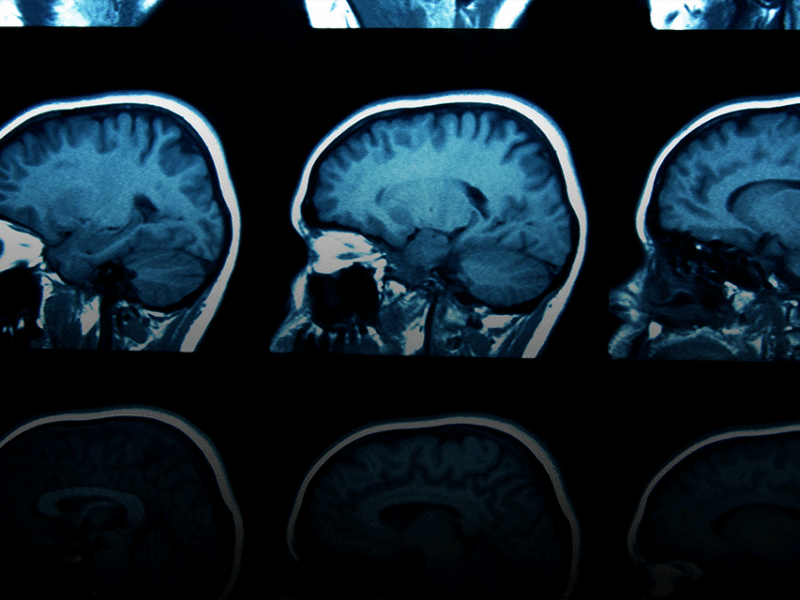New Model Provides Novel View of Congenital Heart Disease
New Model Provides Novel View of Congenital Heart Disease https://pediatricsnationwide.org/wp-content/themes/corpus/images/empty/thumbnail.jpg 150 150 Lauren Dembeck Lauren Dembeck https://pediatricsnationwide.org/wp-content/uploads/2021/03/Dembeck_headshot.gif- October 10, 2019
- Lauren Dembeck
The small animal model helps researchers to interpret genomic findings.
Researchers at Nationwide Children’s Hospital have developed the first mouse model of congenital heart valve disease using a human gene carrying a disease-causing mutation. Using this model, they were able to follow the human valve disease phenotype from birth to adulthood and identify developmental deficits that led to improper valve development.
The study, published in Disease Models & Mechanisms, identified potentially targetable genetic pathways and will continue to provide a basis for future studies of valve disease.
“As approaches for human genome analysis become easier, interpretation is going to be a challenge,” says Vidu Garg, MD, senior author of the study and director of the Center for Cardiovascular Research in the Abigail Wexner Research Institute at Nationwide Children’s. “When figuring out if a sequence variant is causing a particular disease, these types of model systems are critical.”
Dr. Garg had previously identified an association between a genetic variant in the gene GATA4 and atrial septal and ventricular septal defects, effectively holes in the heart, in a large family. This association was also verified in other independent studies of families with heart defects.
“We know that this version of GATA4 produces a partially functional protein. So, instead of using a complete gene knockout model, we utilized a model that actually contains the partially functional mutant allele that we see in our patients,” says first author Stephanie LaHaye, PhD, a postdoctoral researcher in the Steve and Cindy Rasmussen Institute for Genomic Medicine at Nationwide Children’s.
To further characterize the role of GATA4 in heart valve development, the investigators conducted echocardiographic and histological examinations of the hearts of mice that carried one copy of the disease-associated human GATA4 allele. This revealed that heterozygous mutant mice had narrowing of the aortic valve opening predominantly caused by thickening and severe extracellular matrix disorganization of the valve tissues.
Furthermore, the team used 3D reconstruction to model the embryonic hearts based on histological sections. The volumetric measurements of the reconstructed aortic valve tissues showed that they were abnormally shaped in the mutant mice compared with the controls, a finding that could not have been made using histological examination alone.
By comparing gene expression in the embryonic tissue from the developing heart valves of mutant mice and control littermates, the researchers identified changes in genes involved in the extracellular matrix and cell migration as well as dysregulated signaling pathways.
Few treatment options exist for patients with this serious heart valve defect. Dr. Garg explains that having a mouse model and an understanding of the physiological and genetic changes that occur in the diseased heart valve now allows researchers to investigate potential novel therapeutic options, such as drugs that modify signaling pathways to assist in normal valve remodeling.”
Reference:
LaHaye S, Majumdar U, Yasuhara J, Koenig SN, Matos-Nieves A, Kumar R, Garg V. Developmental origins for semilunar valve stenosis identified in mice harboring congenital heart disease-associated GATA4 mutation. Disease Models & Mechanisms. 2019;12(6):dmm036764.
About the author
Lauren Dembeck, PhD, is a freelance science and medical writer based in New York City. She completed her BS in biology and BA in foreign languages at West Virginia University. Dr. Dembeck studied the genetic basis of natural variation in complex traits for her doctorate in genetics at North Carolina State University. She then conducted postdoctoral research on the formation and regulation of neuronal circuits at the Okinawa Institute of Science and Technology in Japan.
-
Lauren Dembeckhttps://pediatricsnationwide.org/author/lauren-dembeck/
-
Lauren Dembeckhttps://pediatricsnationwide.org/author/lauren-dembeck/
-
Lauren Dembeckhttps://pediatricsnationwide.org/author/lauren-dembeck/
-
Lauren Dembeckhttps://pediatricsnationwide.org/author/lauren-dembeck/January 29, 2019
- Posted In:
- In Brief







